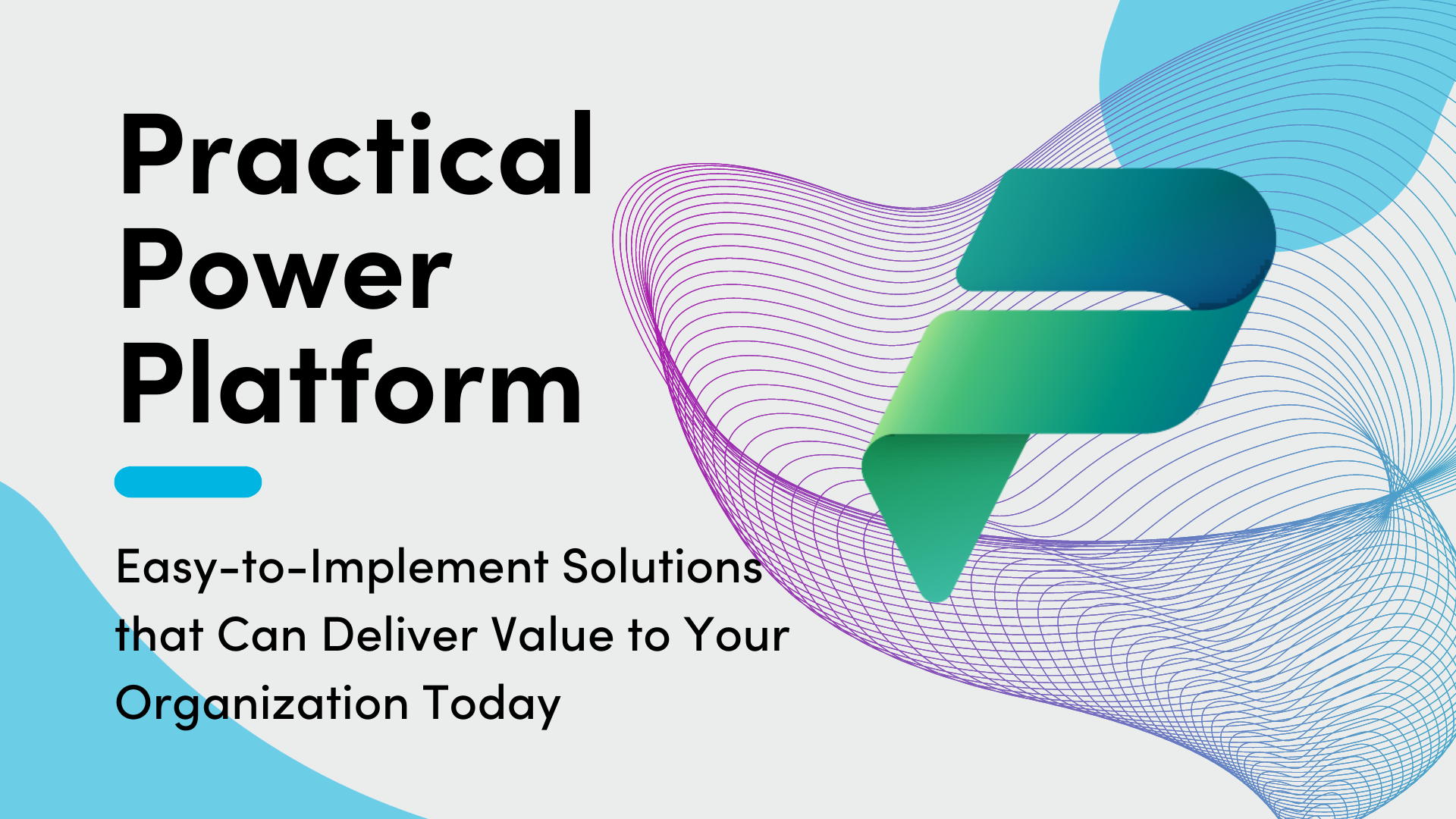
Manufacturing businesses know that margins are incredibly tight, and efficiency is paramount for an organization’s success. Even small improvements can reap huge dividends in output and profitability. Yet many manufacturers neglect an important part of their businesses: the software assets that they depend on to control and monitor them. Modernizing applications is an important step towards improvements in your production process overall. And whether you take on the challenge of modernizing your applications or not, every sign points to your competitors doing it to find the advantages in production and cost reductions.
What will modernizing applications do for you?
Many organizations regard initiatives like application modernization as an unwanted cost and put it off as long as they can. They might be missing a real opportunity. Although the modernization process might be complex and costly, the return on this investment is often extremely high.
Manufacturers who modernize their applications find significant improvements in productivity, reductions in downtime, and better use of resources. This might result from reducing the effort and cost of maintaining a suite of on-premises legacy applications. It could be from using more detailed data to better control inventory and production. Or it might be from monitoring equipment better to maintain it more effectively and thereby reduce downtime.
In fact, a recent study of the manufacturing sector worldwide by industry experts IDC found significant trends for manufacturers who were modernizing their technology assets. Manufacturers are increasingly using big data, artificial intelligence, and Internet of Things (IoT) as they modernize.
IDC’s study predicts that companies in the manufacturing industry will make significant moves towards modernization in the next two to ten years, including:
- Reducing costs by digitizing production lines using IoT and machine learning
- Increasing productivity through supply chain resiliency and AI
- Addressing skills gaps using intelligent robotic process automation
- Using cloud-based innovation platforms for new products and services
- Using IOT data to treat assets as internal customers, reducing downtime by 40% and unplanned downtime by 25%
The trends are clear. The days of on-premises software and siloed applications are rapidly slipping away. Modernizing your technology will soon be not only a competitive advantage but a necessity for success in the industry.
A modernization success story
One of Quisitive’s recent clients, a leading global manufacturer of thermoplastic composite components, electrical and fiber optic connectors, and other engineered components, recently confronted this very reality. With a wide range of customers across the aerospace, industrial, medical, petrochemical, and pharmaceutical industries, they wanted to improve their manufacturing processes.
The organization engaged Quisitive in April 2020, looking for a partner that could assist with their initiative to digitize their manufacturing processes. Quisitive’s analysis identified some key needs for the company. They needed to further develop their data warehouse so that they could accurately report on the entire product manufacturing process, and they needed to use machine learning to identify outliers in sensor data.
Quisitive enacted their On-Ramp to Azure Data program to help the company move forward on meeting these needs. The solution Quisitive implemented enabled the client to consume a wide range of data, whether it was streamed or batched. Using Azure Data Factory, the company was able to integrate their existing code and migrate their data sources. Quisitive also completed knowledge transfer sessions on data integration and provided supporting Azure documentation to ensure a smooth transition for the organization.
With the assistance they received from Quisitive, the customer is now positioned to track product quality and monitor machine parameters throughout their manufacturing processes, enabling them to perform maintenance proactively and shut down production processes before a product quality issue occurs.
Modernizing applications with Quisitive
The idea of modernizing a company’s entire environment of applications can be daunting, even overwhelming. To address this, Quisitive developed its On-Ramp to Application Modernization (ORTAM) process to help clients work through their modernization. Broadly, the steps in ORTAM are:
- Identify applications and dependencies. A full inventory of the applications is created, and groups of applications are prioritized for modernization. For each application, its modernization need – rehost, refactor, rearchitect, rebuild, replace, or retire – is proposed.
- Evaluate the environment. Automated tools help to create a holistic view of the environment, including an understanding of the data, servers, databases, and code involved.
- Define modernization waves. The risks of application modernization are minimized by taking it in waves, rather than all at once. Applications are grouped into waves based on similarities in their code bases, complexity, compliance requirements, and dependencies.
- Modernize the applications. Application architects design a modern Azure environment for the small group of applications in a given wave, and develop a modernization plan and timeline for them and then execute the plan, ensuring that appropriate change controls are in place throughout.
Throughout the process, change control and communications are key to ensuring each wave of the modernization effort is a success.
Moving Forward on Modernization
Quisitive has partnered with multiple manufacturing partners to help them modernize their applications, with significant success. Our experience with application modernization, with the Azure environment, and with the manufacturing sector ensures that we can help minimize disruption, maximize effectiveness, and deliver a migration that will be cost-effective and beneficial.
Contact us to speak about modernizing applications with our experts today.

;)


